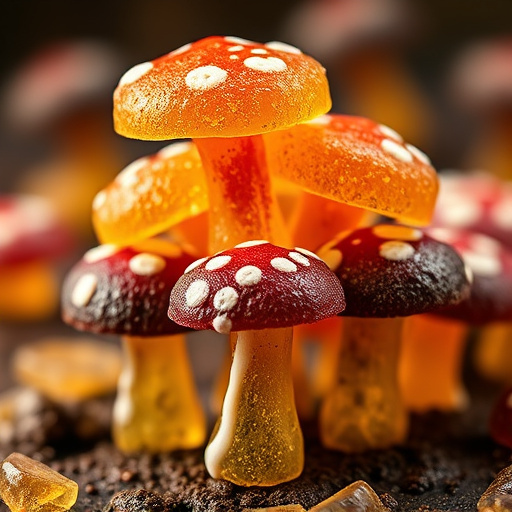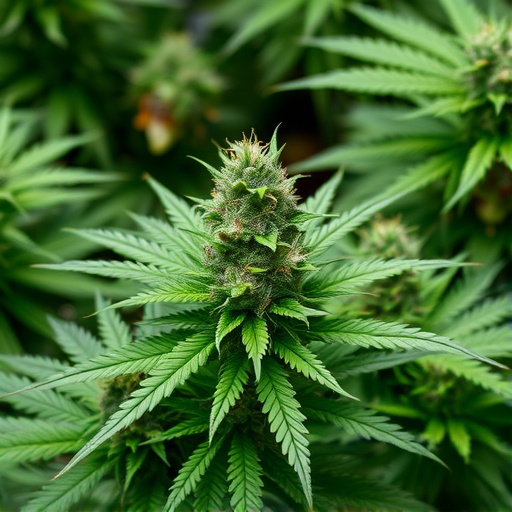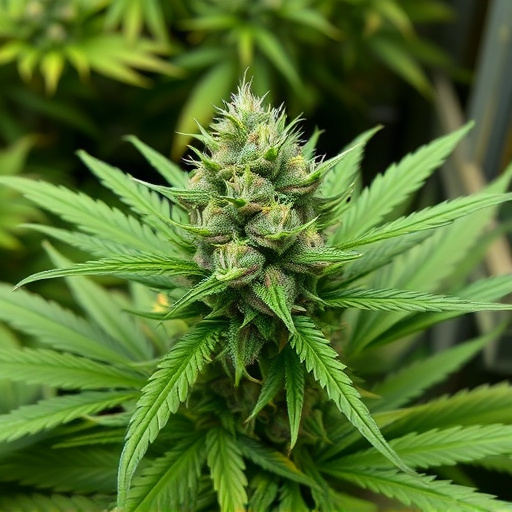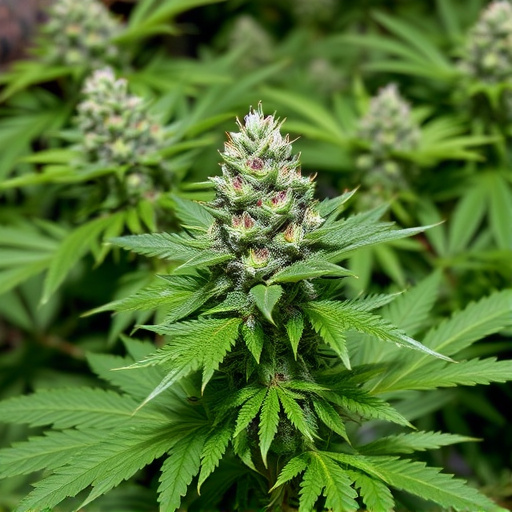The genetic composition of cannabis sativa (cannabis) strains greatly influences their unique cannabinoid profiles, such as THC and CBD levels, which determine their effects. Strains developed through selective breeding and hybridization have distinct markers affecting these cannabinoids. High THC content generally yields stronger psychoactive effects, while CBD-rich strains offer potential medicinal benefits without a "high." Environmental factors like outdoor vs. indoor cultivation also impact cannabinoid content. Individual variations in metabolism and tolerance affect cannabis experiences; regular consumption can lead to developed tolerances, requiring higher doses for the same effects. Understanding these genetic and environmental factors is crucial for users seeking tailored cannabis experiences aligned with their needs and preferences.
Discover the intricate factors that shape the unique effects of cannabis. From the genetic composition and cannabinoid profiles of various cannabis sativa strains, to environmental cultivation techniques influencing their potency, this article explores the multifaceted world of cannabis. We delve into individual metabolic differences and tolerance levels, highlighting how personal experiences vary across different users. Uncover the science behind these influences and navigate the complex landscape of cannabis sativa strains.
- Genetic Composition and Cannabinoid Profiles of Cannabis Sativa Strains
- Environmental and Cultivation Factors That Impact Effectiveness
- Individual Differences in Metabolism and Tolerance Levels
Genetic Composition and Cannabinoid Profiles of Cannabis Sativa Strains
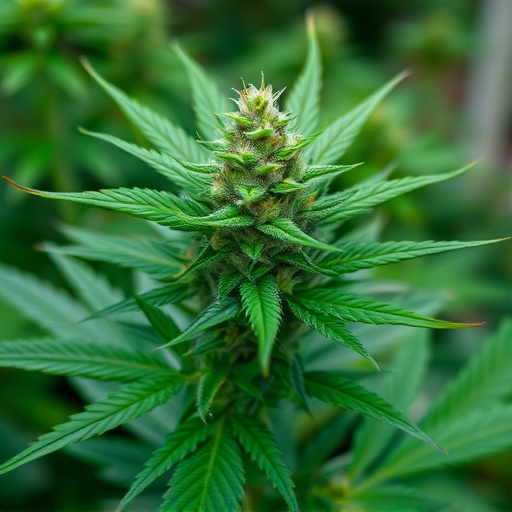
The genetic composition and cannabinoid profiles of cannabis sativa strains play a pivotal role in determining their unique effects on the human body and mind. Each strain, developed through selective breeding and hybridization, carries distinct genetic markers that influence the production of various cannabinoids, such as THC (tetrahydrocannabinol) and CBD (cannabidiol). These compounds are responsible for the wide range of experiences associated with cannabis use, from euphoric highs to calming and medicinal effects.
The cannabinoid profiles vary significantly among cannabis sativa strains, contributing to their diverse therapeutic potential. For instance, high THC content is often linked to more intense psychoactive effects, while CBD-rich strains are sought after for their potential anti-inflammatory and anxiolytic properties without inducing a “high.” Understanding these genetic differences and the resulting cannabinoid profiles is crucial for users seeking specific effects tailored to their needs and preferences.
Environmental and Cultivation Factors That Impact Effectiveness
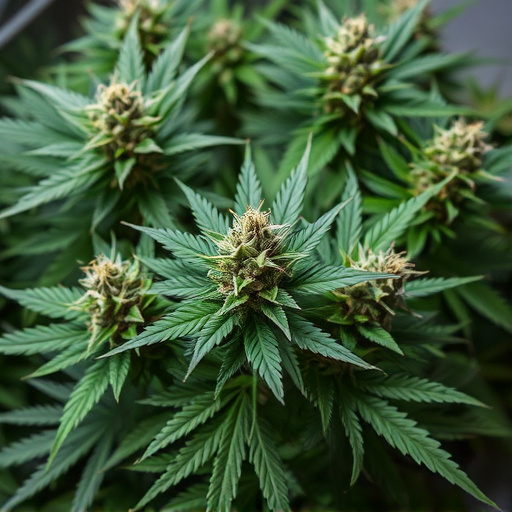
The environment in which cannabis is grown and cultivated plays a significant role in determining its effects on users. Different cannabis sativa strains can express varying characteristics based on their cultivation conditions. For instance, plants grown in optimal outdoor settings with ample sunlight, fresh air, and well-drained soil often produce higher levels of THC (tetrahydrocannabinol), the primary compound responsible for cannabis’s intoxicating effects. Indoor cultivation techniques, such as controlled lighting and climate, can enhance specific cannabinoid profiles, allowing growers to emphasize desired traits like increased CBD (cannabidiol) content, known for its potential therapeutic benefits without psychoactivity.
Additionally, cultivar genetics and hybridization contribute to the final product’s effectiveness. Crossbreeding different cannabis sativa strains introduces novel genetic combinations, resulting in unique cannabinoid and terpene profiles. Terpenes, aromatic compounds that give cannabis its distinct odors, also influence the overall experience, potentially enhancing or modifying THC’s effects. Thus, environmental factors and cultivation practices are integral to understanding and predicting the outcomes of consuming different cannabis sativa strains.
Individual Differences in Metabolism and Tolerance Levels
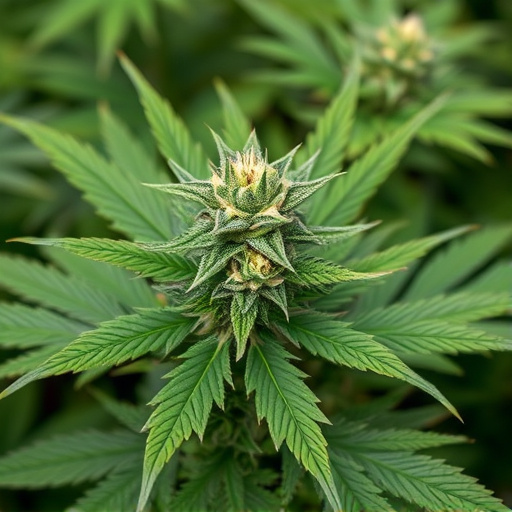
The effects of cannabis can vary greatly from person to person, and a significant factor in this variation is individual metabolism and tolerance levels. Everyone metabolizes cannabinoids differently due to genetic variations and overall health. For instance, some individuals may have a slower metabolism, leading to longer-lasting effects from consuming cannabis. In contrast, those with faster metabolisms might experience a quicker onset but shorter duration of effects.
Tolerance levels also play a crucial role. Regular users of cannabis, especially those who prefer specific sativa strains known for their energizing and cognitive effects, such as Jack Herer or Super Silver Haze, can build up a tolerance. This means they may require higher doses to achieve the same desired results as a new user. Understanding these individual differences is essential when considering cannabis consumption, as it influences how one perceives and interacts with its various effects.
The multifaceted nature of cannabis effects is shaped by a complex interplay of genetic composition, cultivation practices, and individual biological factors. Understanding the specific cannabinoid profiles of diverse cannabis sativa strains, along with environmental influences during growth, is crucial for navigating the variability in user experiences. Moreover, recognizing individual differences in metabolism and tolerance levels underscores the importance of personalized approaches to cannabis consumption. By considering these factors, we can gain a deeper appreciation for the complex tapestry of cannabis’s effects and foster responsible use.




